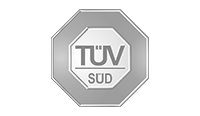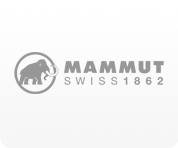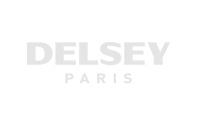How can supply chain issues be solved?
Addressing your business’s or organization’s supply chain problems can help you increase profitability while decreasing costs. Whether you operate a warehouse facility in a small market or oversee a global distribution facility, the opportunities for growth are (when scaled relatively) the same.
So to which specific aspects of your supply chain can you implement solutions?
Personnel
Savvy management of your labor force is one of the best opportunities available to you to decrease your supply chain costs — and no, it doesn’t involve reducing staff numbers. Labor force management includes
- Communication initiatives
- Process forecasting
- Market demand analysis
Information technology
Whether you’re using inventory tracking technology or software for warehouses with multi-level decision-makers, your IT expenditures can influence your ability to build a profitable business. By staying up to date on the latest technological advances in shipment tracking interfaces, logistics analytics tools, or quality and compliance assurance systems like TOPO, you can achieve better supply chain cost savings.
Inventory management
Without a clear plan in place for every aspect of inventory handling, you might not spot inefficiencies or identify potential cost savings.
Transportation
Developing a transportation strategy allows you to consider multiple factors that could lead to reduced costs, including
- Warehouse robots
- Crowd-sourced P2P transportation services
- In-house product movement via drones
- On-demand shipping container services
The more you pay attention to every aspect of your transportation strategy, the better positioned you are to discover cost-saving opportunities.
Third-party services
You don’t need to maintain every aspect of your organization in-house. It’s worth considering whether your expenditures could be decreased by utilizing the services of an offshore warehouse or startup transportation service located where the largest proportion of your customer base is.
Operations and supply chain strategy
Analyze the service needs of your customers and implement a demand-planning strategy. Develop product movement protocols based on customer segmentation, the more streamlined your operations, the more efficient your organization.
